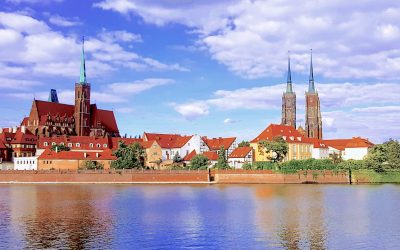Poland, we had you in our sights the minute we crossed The Channel on 23 May 2018. You were our destination for a tour that would take us...

Wroclaw
Wroclaw
Wrocław City-break visit
Wrocław, may well be Poland's fourth largest city and capital of the south west region of Silesia, although this seems not to...
Follow us
You can find us on social media,
different channels for different content.


